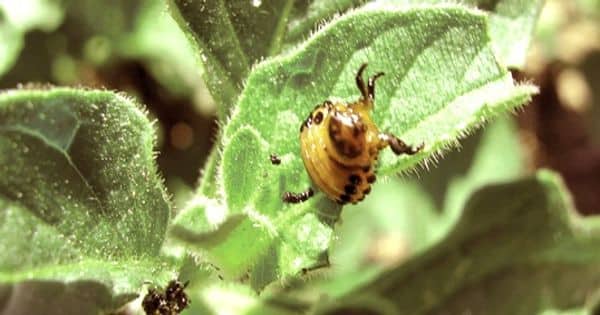Acoustics technology in Turfgrass Pest Control
For homeowners, sod growers, and turf industry experts, preventing pests from feeding precious turfgrass has become both problematic and expensive due to limited control and maintenance techniques.
Today, thanks to a two-year award of $199,922 from the United States. Department of Agriculture The National Food and Agriculture Institute, a team of Cornell University scientists will use acoustic technologies to develop effective and inexpensive ways to handle soil-dwelling pests—and avoid harm from predators they draw.
The technology may also help identify the sounds vertebrates are responding to. Using soil activity recordings from Wickings’ lab, plus Green-Wood video surveillance, Curtis will investigate how raccoons respond to acoustic signals that signify white grub activity.
Kyle Wickings, Associate Professor of Entomology, is the lead investigator for Using Acoustics to Enhance Monitoring and Management of Underground Pests and Their Overground Predators.” Wickings’ Lab will partner with Paul Curtis, Professor and Wildlife Extension Specialist, on the study.
White grubs are the most widespread and damaging pest in the lawn and sport turfgrass industries. The immature larva of specific species of scarab beetles, the inch-long grubs make a distinct popping and cracking sound when feasting on turfgrass roots. This attracts larger mammals, such as raccoons and skunks, which then dig up the turfgrass to feed on the grubs.
White grubs are the most common and dangerous pests in the lawn and sports turf grass sectors. The juvenile larva of a particular genus of scarab beetles, the inch-long grubs, make a distinct popping and cracking sound as the roots of the turfgrass are celebrated. This draws bigger mammals, such as raccoons and skunks, who then dig the turfgrass to feast on the grubs.
“One thing we know going into this project is that many vertebrates use sound among other sensory cues to locate their prey,” Wickings said. “If they are attracted to the sounds white grubs make, acoustic technology may offer some viable management solutions.”
The latest experiment will take place over 18 months at the Green-Wood Cemetery in Brooklyn, one of Cornell’s long-standing collaborators in healthy turfgrass research. The historic cemetery is one of the largest urban grasslands in New York City, home to both seasonal white-grass infestations and a significant population of raccoons.
The Wickings team will position soil activity sensors in 40 plots around the cemetery with differing amounts of soil disruption, grass maintenance, and background noise – both near established white grub hot spots and in pest-free soil protection. After recordings are made, soil samples will be shipped back to their laboratory at Cornell AgriTech, Geneva, New York, to see if the two data sets correspond.
“Acoustic monitoring has the potential to help turfgrass managers spray less by allowing them to more accurately distinguish areas where white grubs and other pests are actually present,” said Louise Roberts, a postdoctoral associate in Wickings’ lab.
“The technology may also help identify the sounds vertebrates are responding to.”
Using soil activity recordings from Wickings’ lab, plus Green-Wood video surveillance, Curtis will investigate how raccoons respond to acoustic signals that signify white grub activity. This expertise would help him evaluate potential wildlife management techniques that could use acoustic recordings to manipulate the foraging behavior of mammals and reduce turf grass destruction.
Today, the industry depends on nuisance trapping by habitat control services; it retains rigid calendar-based pesticide applications to handle white grubs. Though the successful, practice is often needless and can have a negative impact on beneficial invertebrates and the processes they drive.
“Our approach has the potential to increase turfgrass managers’ knowledge and decision-making power on pest distribution and how to mitigate vertebrate foraging,” Wickings said. “Acoustic technologies could ultimately fit well into a turfgrass integrated pest management framework, given their non-invasive nature and ability to make management efforts both more effective and sustainable.”
















